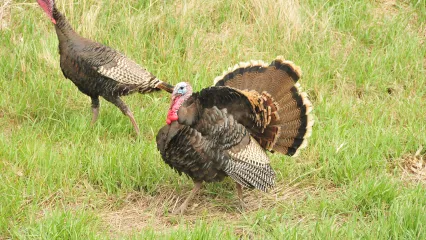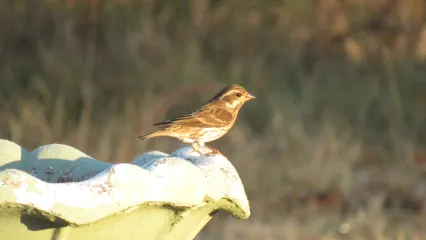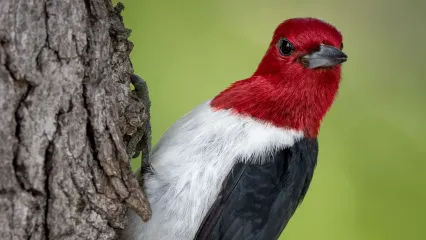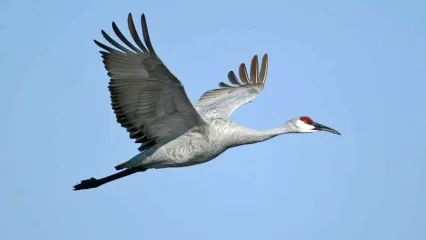
Description
The Merriam's wild turkey (Meleagris gallopavo merriami) is found primarily in the ponderosa pine, western mountain regions of the United States.
Adult males are clearly distinguished by the nearly white feathers on the lower back and tail feather margins. Merriam's closely resembles the Gould's turkey, but its tail margin is not usually quite as pure white nor is the lighter margin of the tail tip quite as wide. They have a blacker appearance with blue, purple, and bronze reflections. The Merriam's appears to have a white rump due to its pinkish, buff, or whitish tail coverts and tips. These tail feather tips are very conspicuous when the strutting gobbler appears against a dark background. The males exhibit black-tipped breast feathers, while the females, or hens, have buff-tipped breast feathers. The white areas on her wings are more extensive giving a whiter appearance to the folded wing. Hens are similar in color but have buff-tipped breast feathers. The white areas on her wings are more extensive giving a whiter appearance to the folded wing
Size
Adult males, gobbler or tom, can be up to 4 feet tall and weigh more than 20 lbs.
Adult females, or hen, are almost as tall as the tom but weigh between 8 to 12 lbs.
Habitat
Within its suspected historic range in Arizona, New Mexico and Colorado, the Merriam's was relatively isolated from the other subspecies of wild turkey. The Merriam's wild turkey has been successfully stocked beyond its suspected natural range in the Rocky Mountains and outside of the mountains into Nebraska, Washington, California Oregon and other areas. Merriam's are found in some habitat areas that, if altered by timber harvesting overgrazing or development, populations may be lost. Their normal range receives annual rainfall amounts averaging between 15 and 23 inches.


